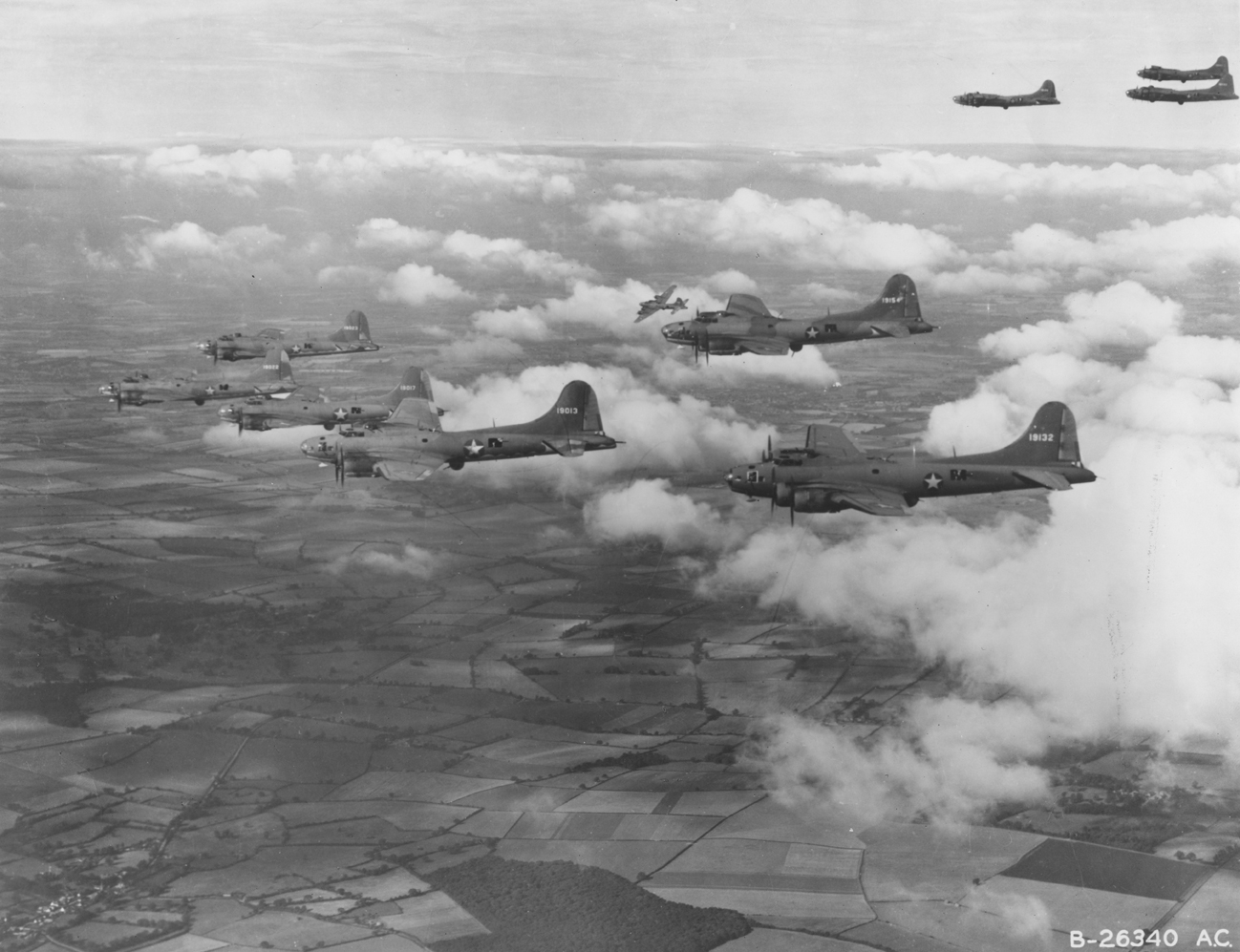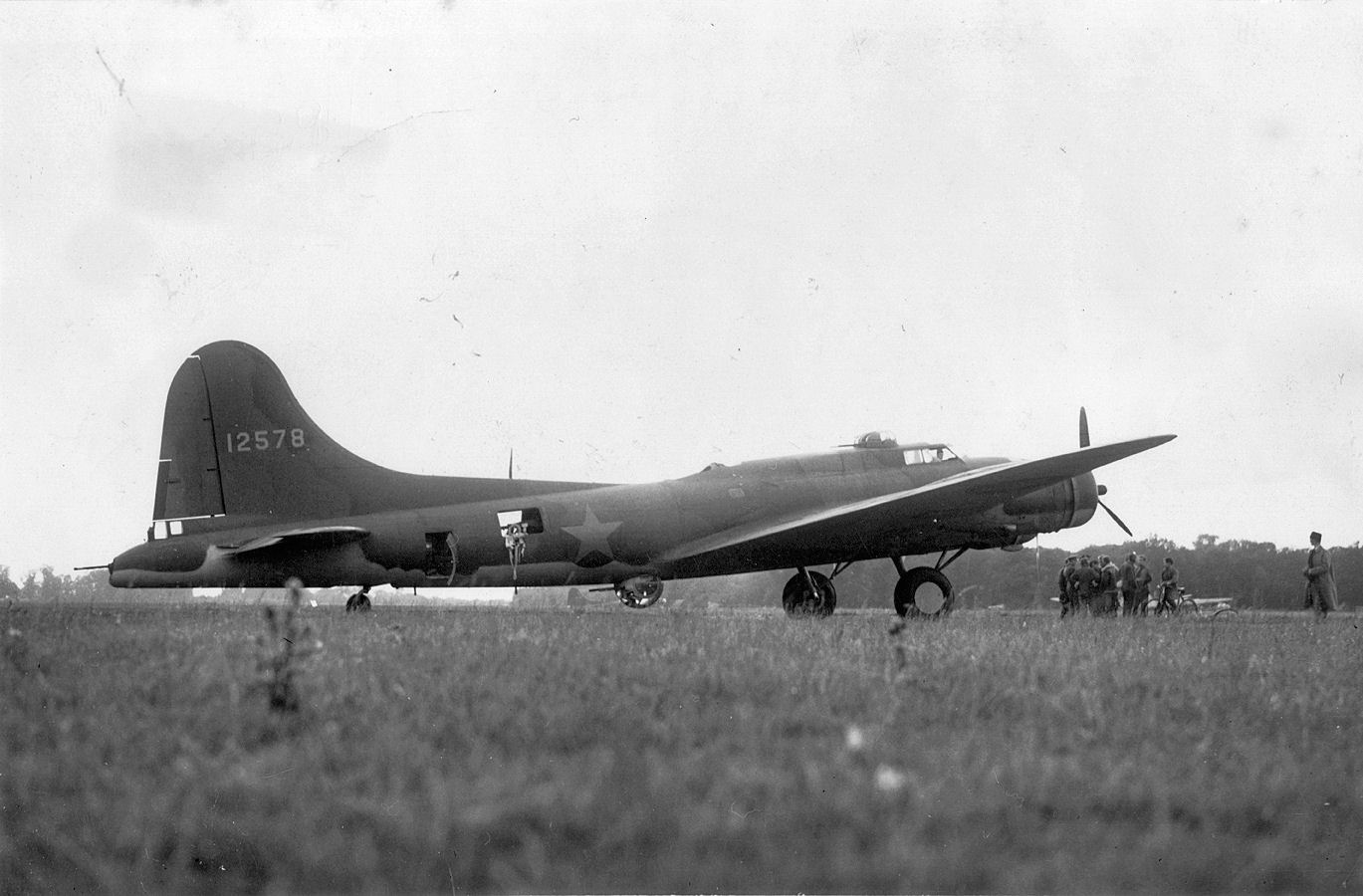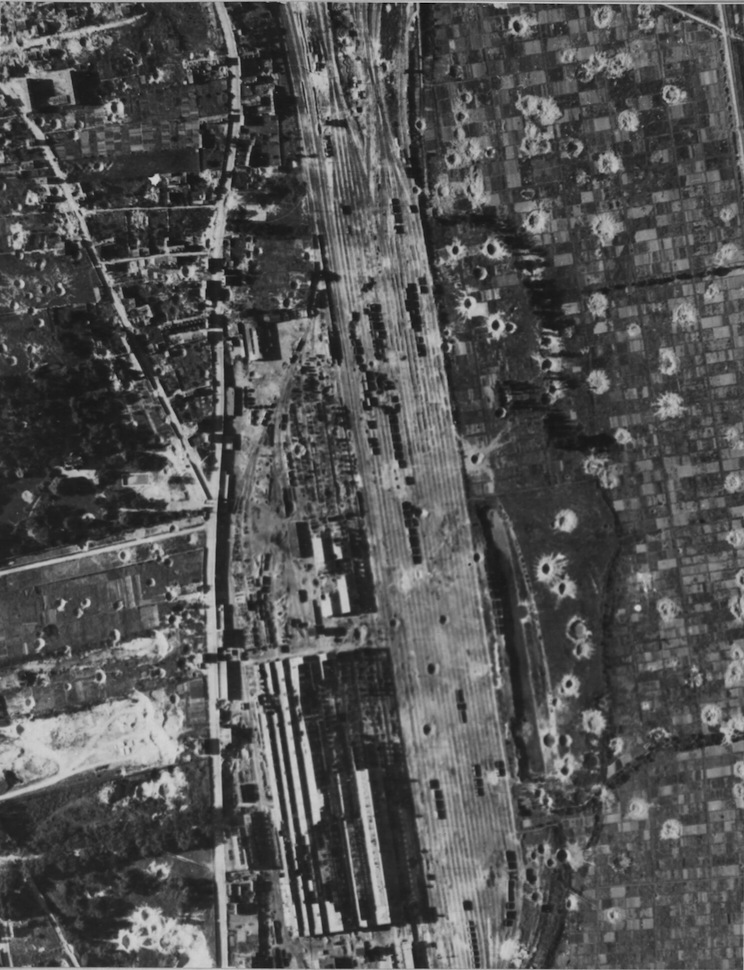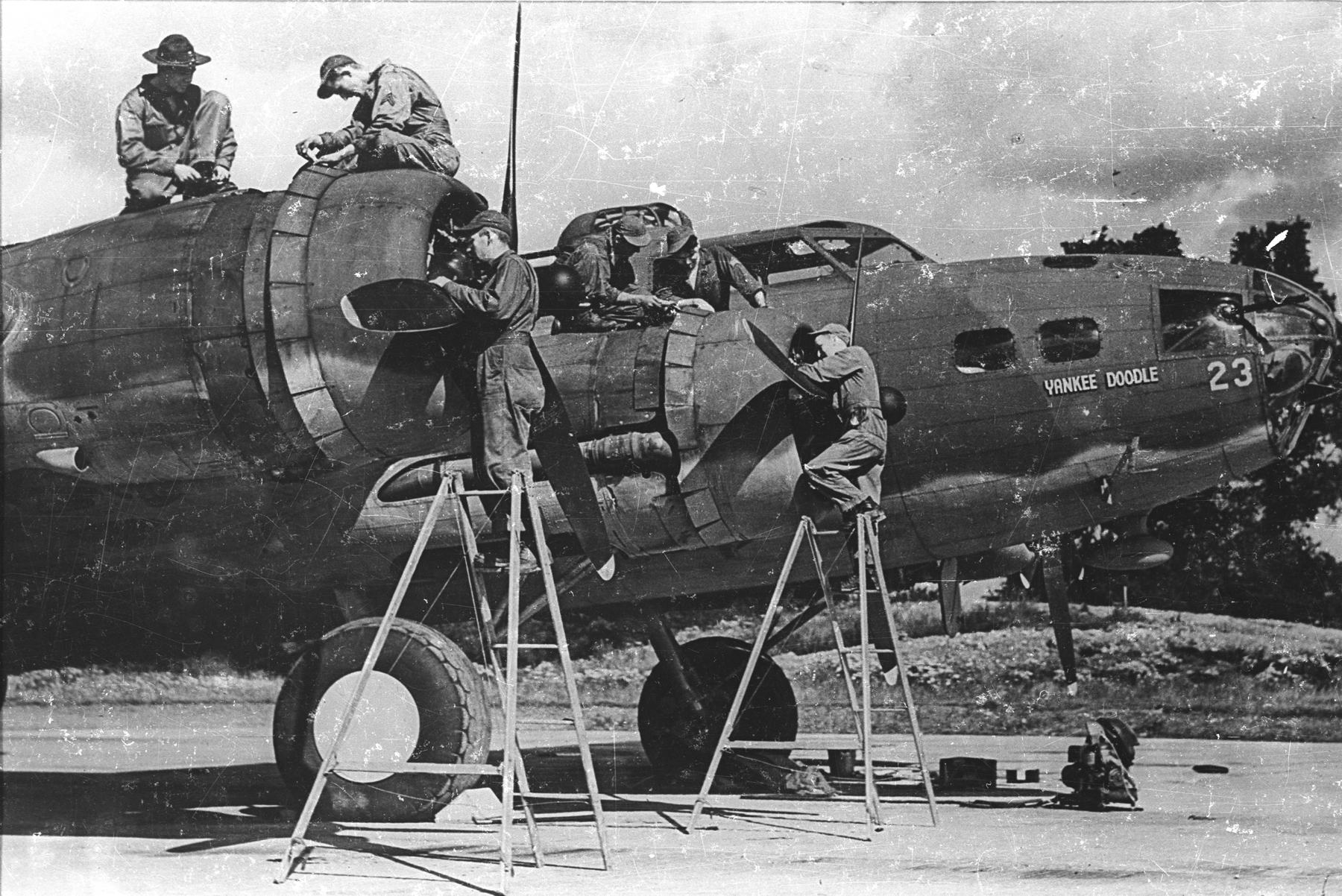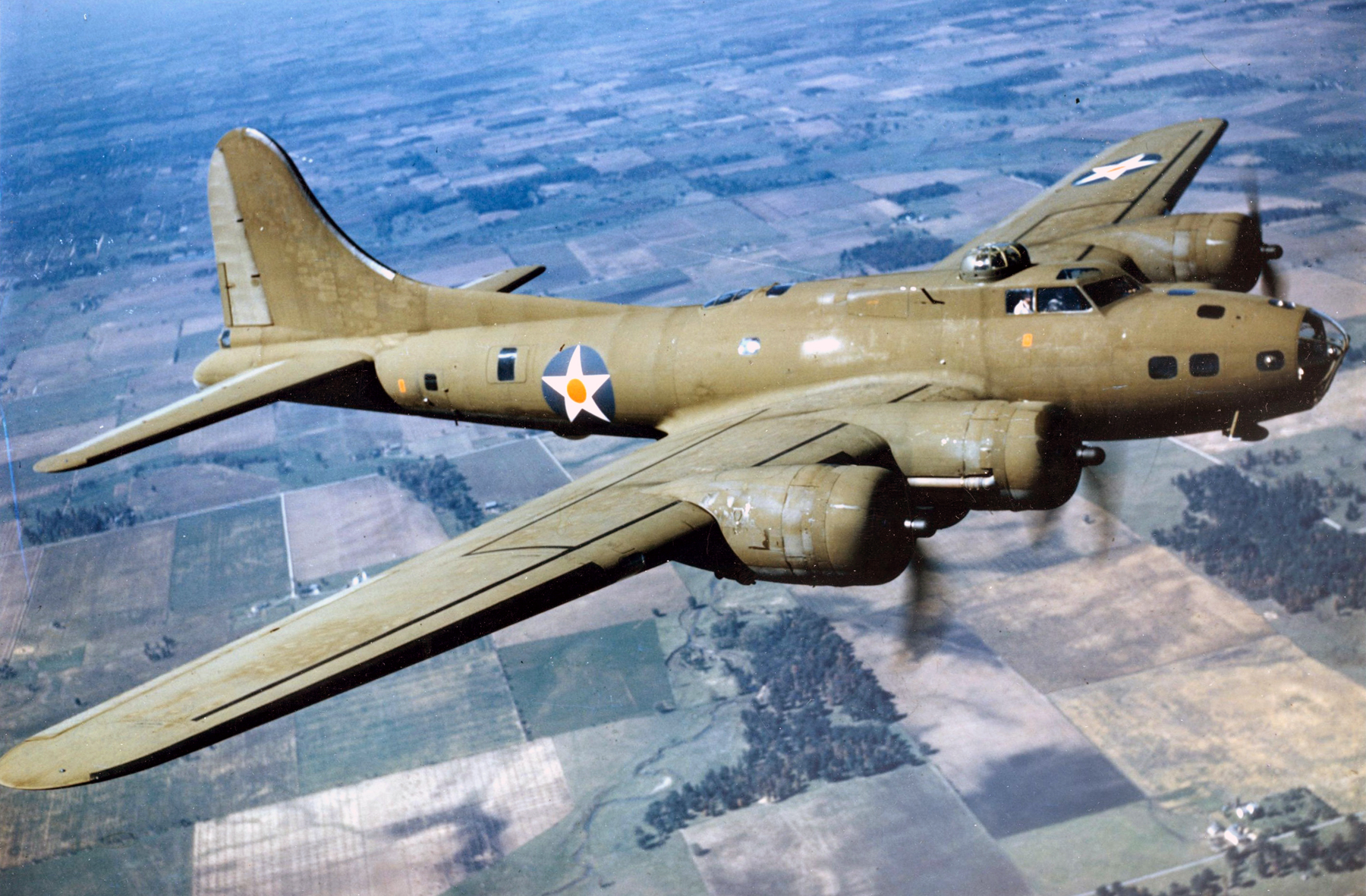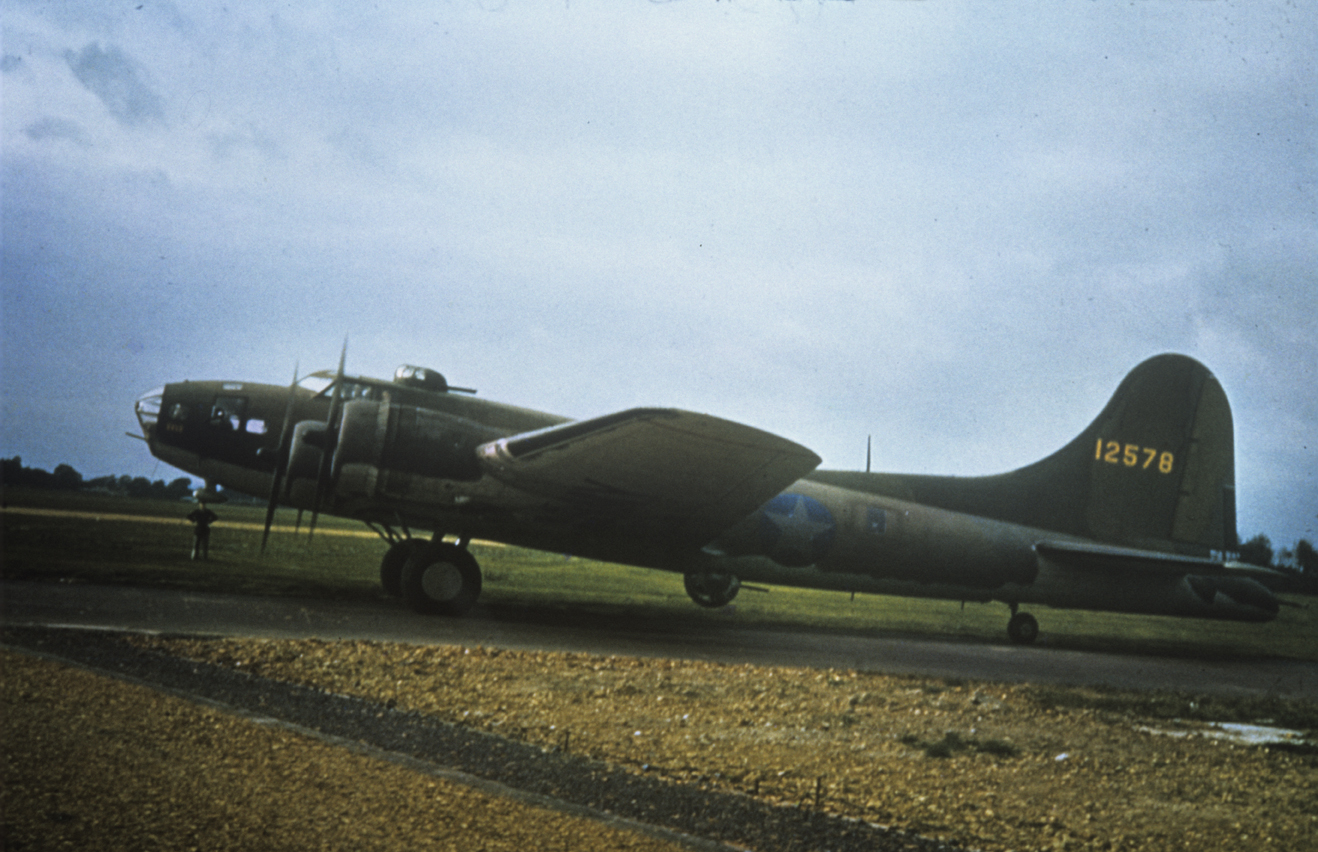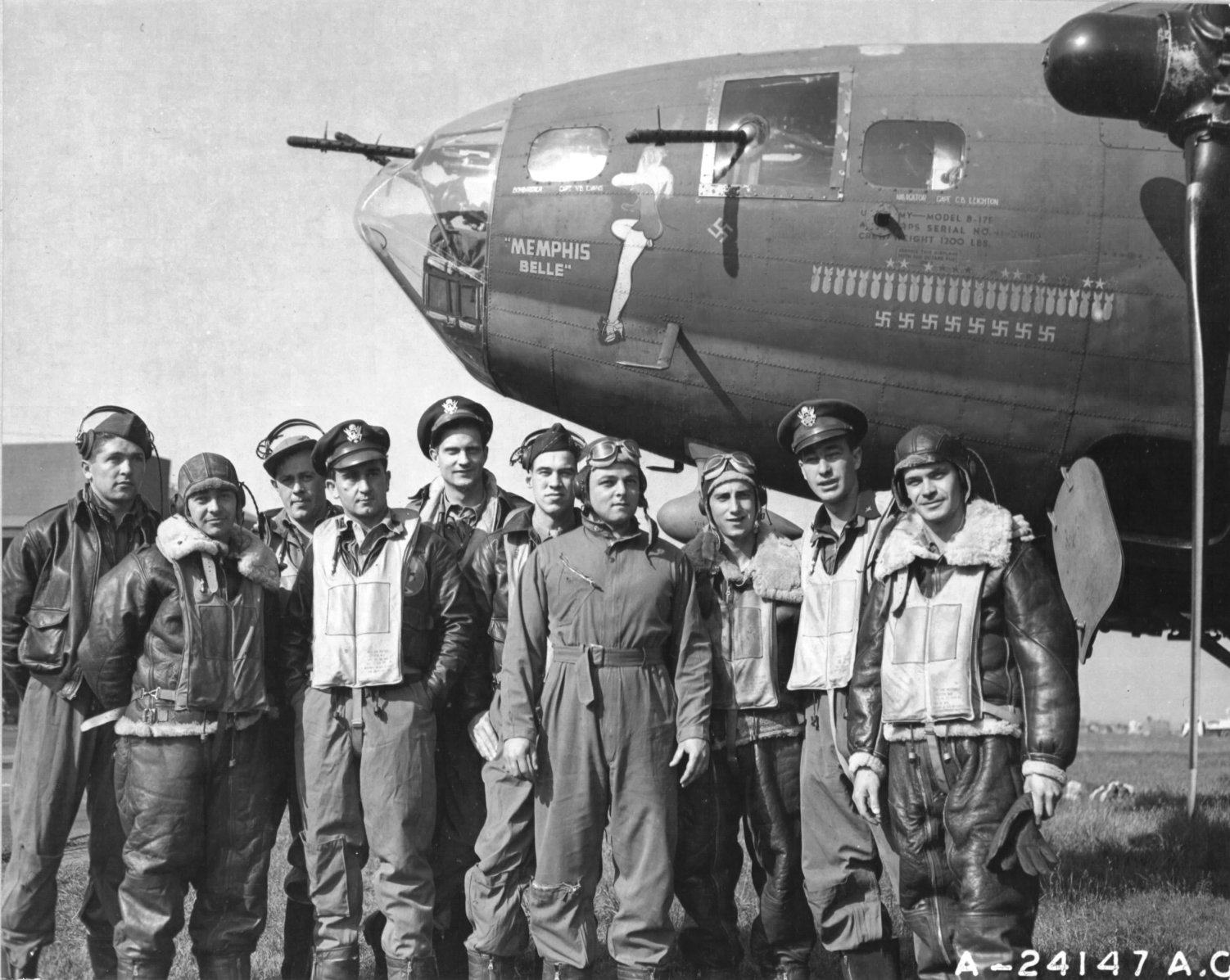
17 May 1943: The flight crew of the B-17 Memphis Belle completed their combat tour of 25 bombing missions over Western Europe with an attack on the massive Kéroman Submarine Base at Lorient, France.¹ The bomber was a U.S. Army Air Force Boeing B-17F-10-BO Flying Fortress, serial number 41-24485, assigned to the 324th Bombardment Squadron (Heavy), 91st Bombardment Group (Heavy), VIII Bomber Command, based at Air Force Station 121 (RAF Bassingbourne, Cambridgeshire, England). The aircraft commander was Captain Robert Knight Morgan, Air Corps, United States Army.
The daylight bombing campaign of Nazi-occupied Europe was extremely dangerous with high losses in both airmen and aircraft. For an American bomber crew, 25 combat missions was a complete tour, and then they were sent back to the United States for rest and retraining before going on to other assignments. Memphis Belle was only the second B-17 to survive 25 missions,² so it was withdrawn from combat and sent back to the United States for a publicity tour.
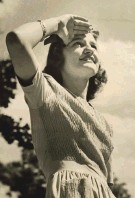
The B-17′s name was a reference to Captain Morgan’s girlfriend, Miss Margaret Polk, who lived in Memphis, Tennessee. The artwork painted on the airplane’s nose was a “Petty Girl,” based on the work of pin-up artist George Petty of Esquire magazine.³
(Morgan named his next airplane—a B-29 Superfortress—Dauntless Dotty, after his wife, Dorothy Grace Johnson Morgan. With it, he led the first B-29 bombing mission against Tokyo, Japan, in 1944. It was also decorated with a Petty Girl.)
Memphis Belle and her crew were the subject of a 45-minute documentary, “Memphis Belle: A Story of a Flying Fortress,” directed by William Wyler and released in April 1944. It was filmed in combat aboard Memphis Belle and several other B-17s. The United States Library of Congress named it for preservation as a culturally significant film.
B-17F-10-BO Flying Fortress 41-24485 (c/n 3190) was built by the Boeing Aircraft Company at its Plant 2 in Seattle, Washington, during the summer of 1942. It was the 195th airplane in the B-17F series, and one of the third production block. Flown by a Boeing pilot named Johnston, the new bomber made its first flight, 1 hour, 40 minutes, on 13 August 1942. Maintenance records indicate, “1st flight OK.”
The B-17 was flown to Bangor, Maine and on 31 August 1942 was assigned to the 324th Bombardment Squadron (Heavy), 91st Bombardment Group (Heavy), then preparing to deploy overseas.
2nd Lieutenant Morgan first flew 41-24485 on 3 September, and logged nearly 50 hours over the next three weeks. The squadron flew across the North Atlantic Ocean, and 41-24485 arrived at its permanent station, Bassingbourne, on 26 October 1942.
Following its twenty-fifth combat mission, Memphis Belle was flown back to the United States on 9 June 1943.
After the war, Memphis Belle was put on display in the city of Memphis. For decades it suffered from time, weather and neglect. The Air Force finally took the bomber back and placed it in the permanent collection of the National Museum of the United States Air Force at Wright-Patterson Air Force Base, Dayton, Ohio, where it underwent a total restoration.
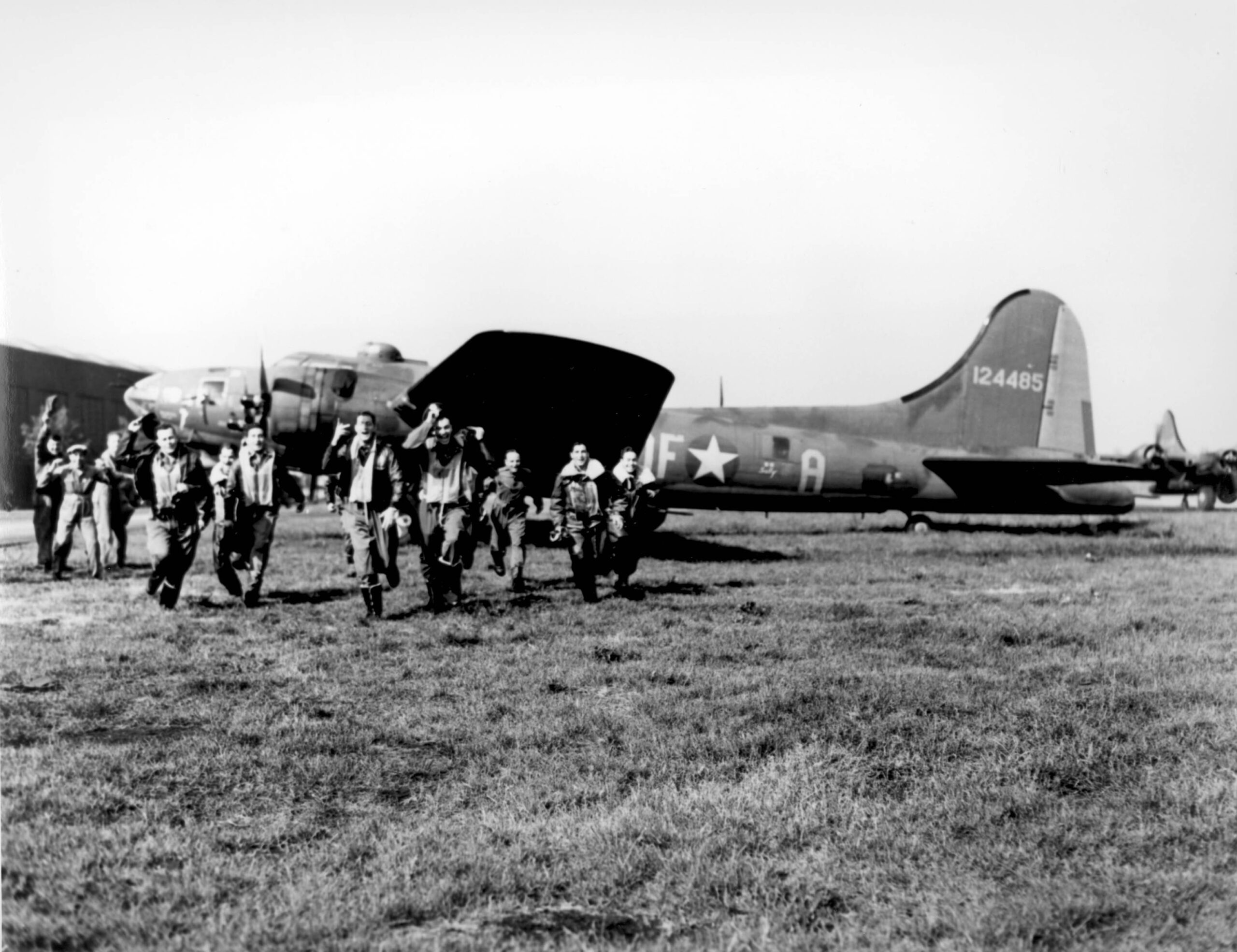
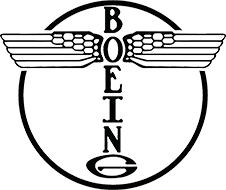
The B-17F had an approximate empty weight of 36,135 pounds (16,391 kilograms), 40,437 pounds (18,342 kilograms) basic, and the maximum takeoff weight was 65,000 pounds (29,484 kilograms).

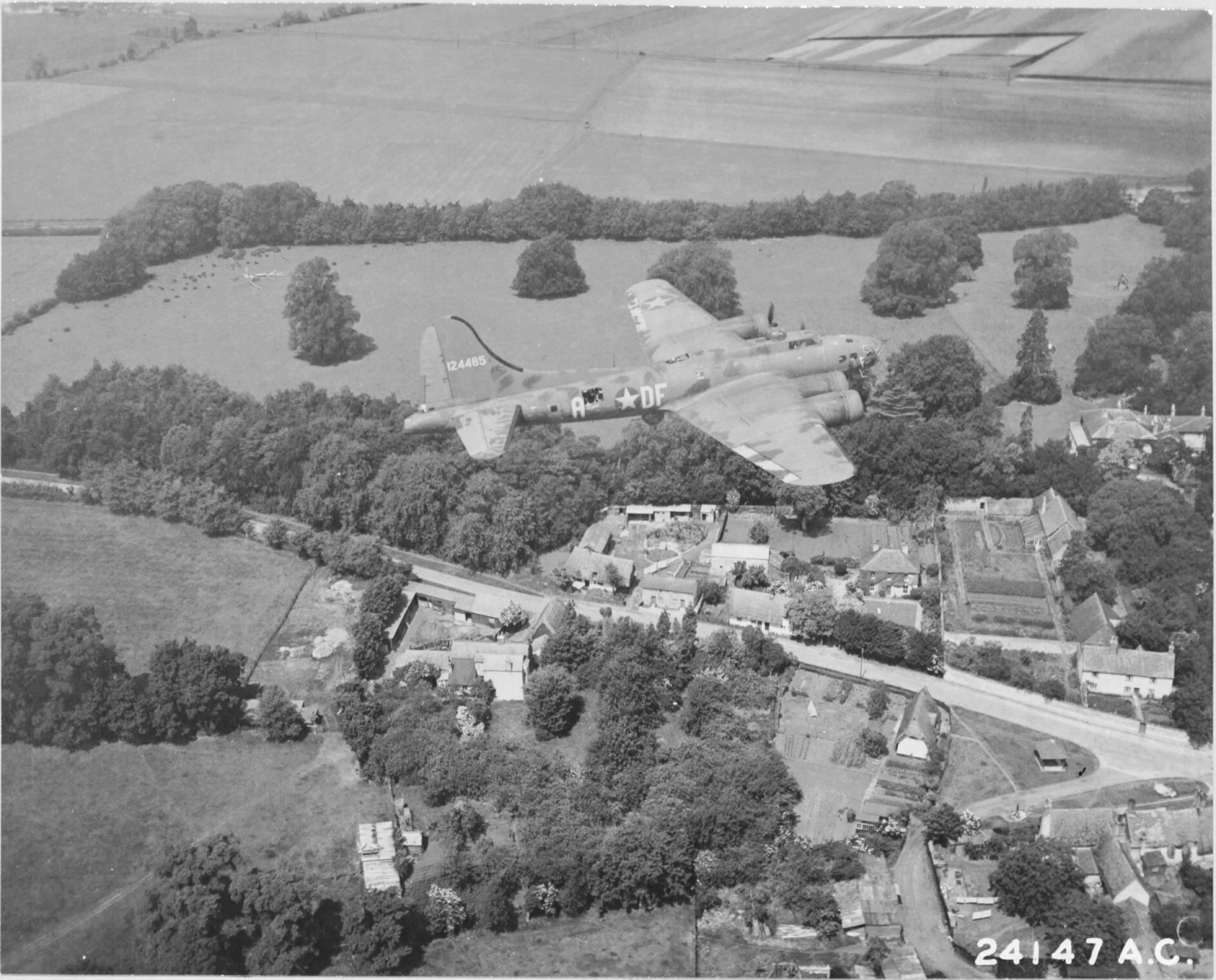
The B-17F had a cruising speed of 200 miles per hour (322 kilometers per hour). The maximum speed was 299 miles per hour (481 kilometers per hour) at 25,000 feet (7,620 meters), though with War Emergency Power, the bomber could reach 325 miles per hour (523 kilometers per hour) at 25,000 feet for short periods. The service ceiling was 37,500 feet (11,430 meters).
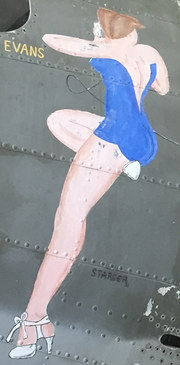
With a normal fuel load of 1,725 gallons (6,530 liters) the B-17F had a maximum range of 3,070 miles (4,941 kilometers). Two “Tokyo tanks” could be installed in the bomb bay, increasing capacity by 820 gallons (3,104 liters). Carrying a 6,000 pound (2,722 kilogram) bomb load, the range was 1,300 miles (2,092 kilometers).
The Memphis Belle was armed with 13 Browning AN-M2 .50-caliber machine guns for defense against enemy fighters. Power turrets mounting two guns each were located at the dorsal and ventral positions. Four machine guns were mounted in the nose, 1 in the radio compartment, 2 in the waist and 2 in the tail.
The maximum bomb load of the B-17F was 20,800 pounds (9434.7 kilograms) over very short ranges. Normally, 4,000–6,000 pounds (1,815–2,722 kilograms) of high explosive bombs were carried. The internal bomb bay could be loaded with a maximum of eight 1,600 pound (725.75 kilogram) bombs. Two external bomb racks mounted under the wings between the fuselage and the inboard engines could carry one 4,000 pound (1,814.4 kilogram) bomb, each, though this option was rarely used.
The B-17 Flying Fortress was in production from 1936 to 1945. 12,731 B-17s were built by Boeing, Douglas Aircraft Company and Lockheed-Vega. (The manufacturer codes -BO, -DL and -VE follows the Block Number in each airplane’s type designation.) 3,405 of the total were B-17Fs, with 2,000 built by Boeing, 605 by Douglas and 500 by Lockheed-Vega.
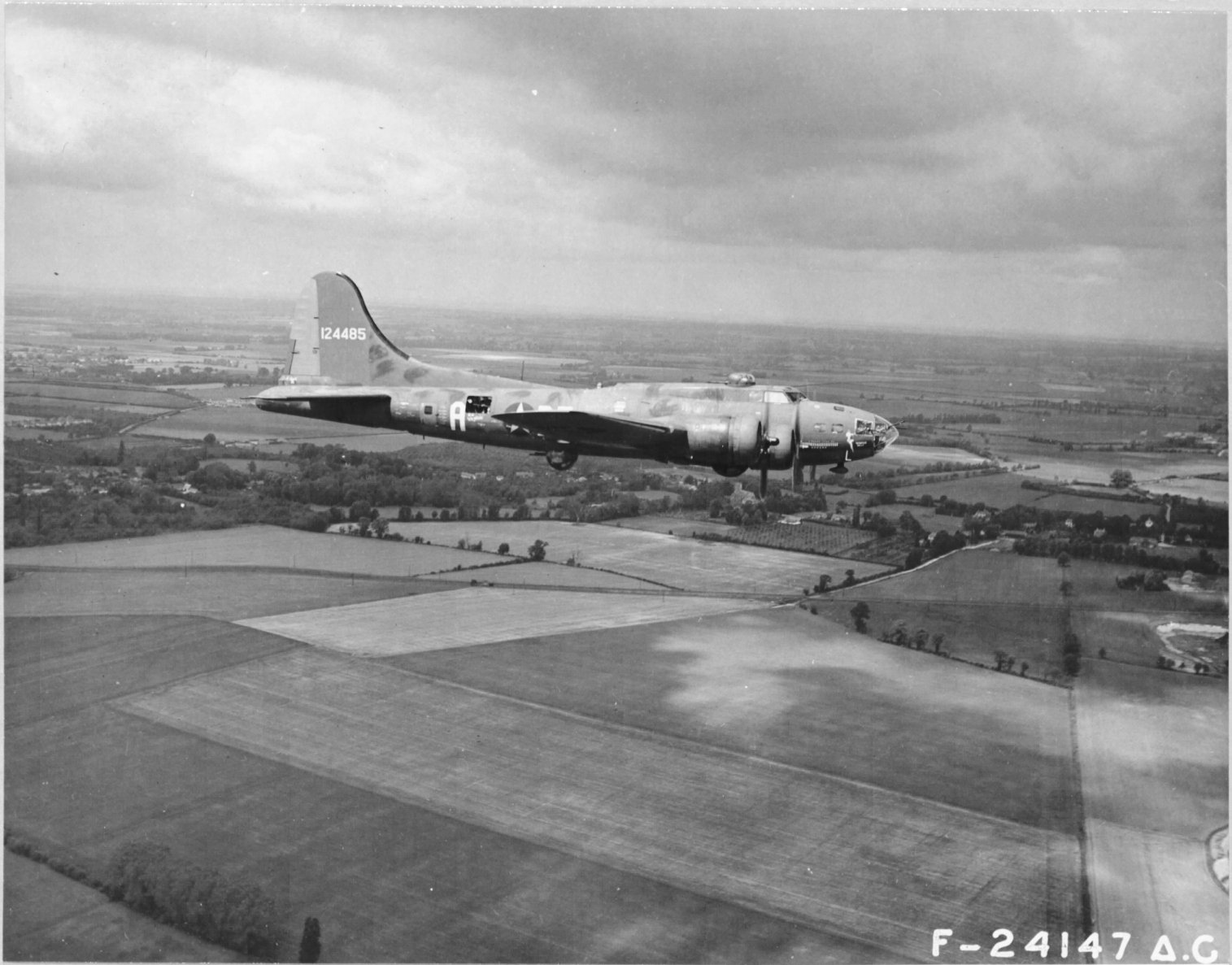
Only three B-17F Flying Fortresses, including Memphis Belle, remain in existence. The completely restored bomber went on public display at the National Museum of the United States Air Force on 17 May 2018.
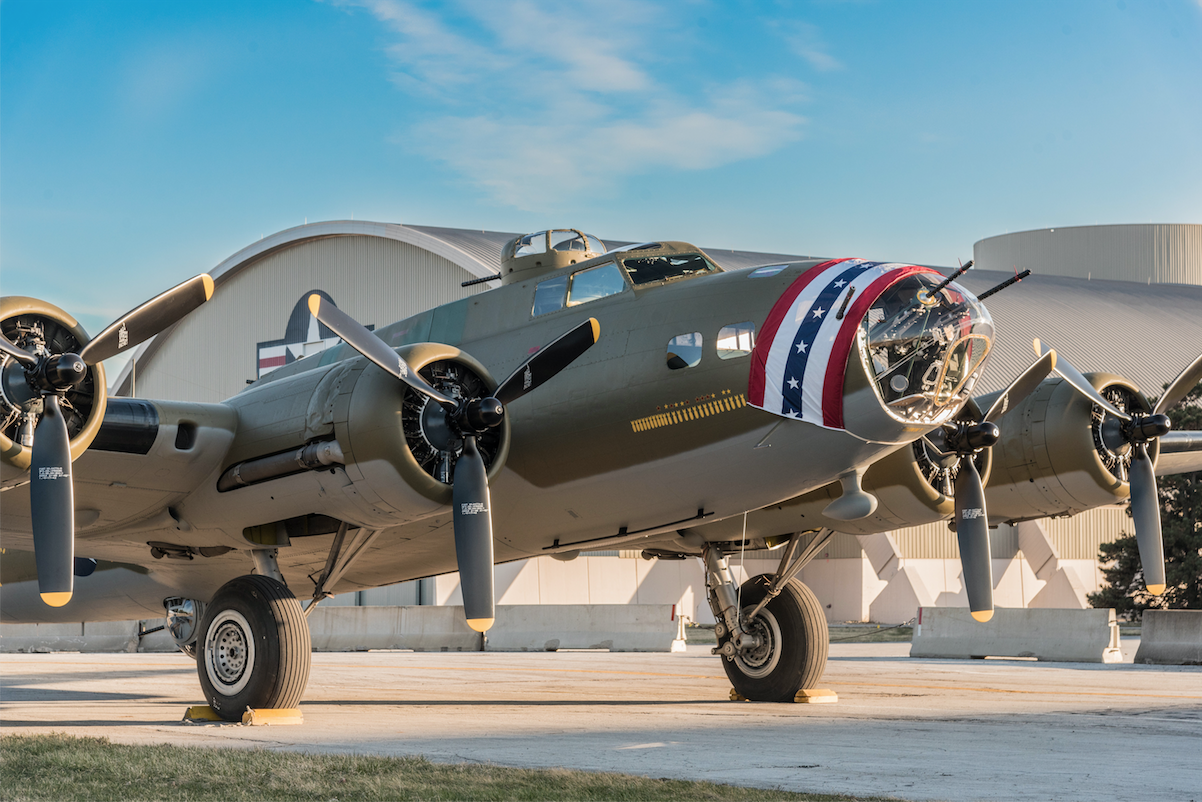
Memphis Belle ® is a Registered Trademark of the United States Air Force.
¹ VIII Bomber Command Mission No. 58, three elements made up of 159 Boeing B-17 Flying Fortresses attacking submarine bases at Lorient; 39 Consolidated B-24 Liberators against U-boat pens at Bordeaux; and 11 Martin B-26 Marauders, which attacked a power station at Ijmuiden, Holland.
² The first B-17 to complete 25 missions was “Hell’s Angels,” a B-17F-25-BO, 41-24577, of the 358th Bombardment Squadron. It flew its 25th mission four days earlier than “Memphis Belle,” 13 May 1943. The bomber eventually flew 44 missions before being returned to the United States 20 January 1944.
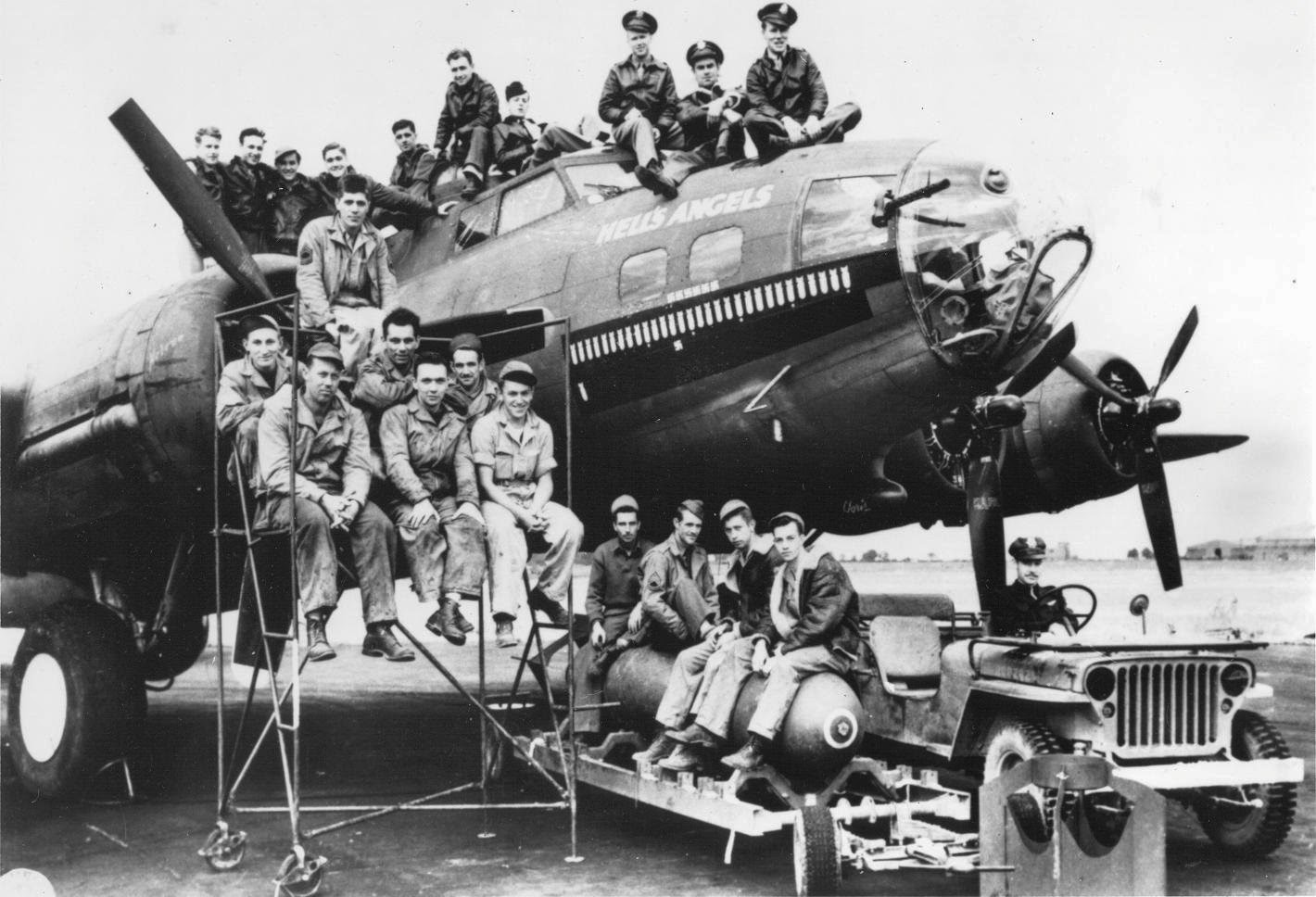
³ The nose art was painted by Corporal Anthony L. Starcer.
⁴ Later production B-17F and B-17G bombers were equipped with Wright Cyclone C9GC (R-1820-97) engines.
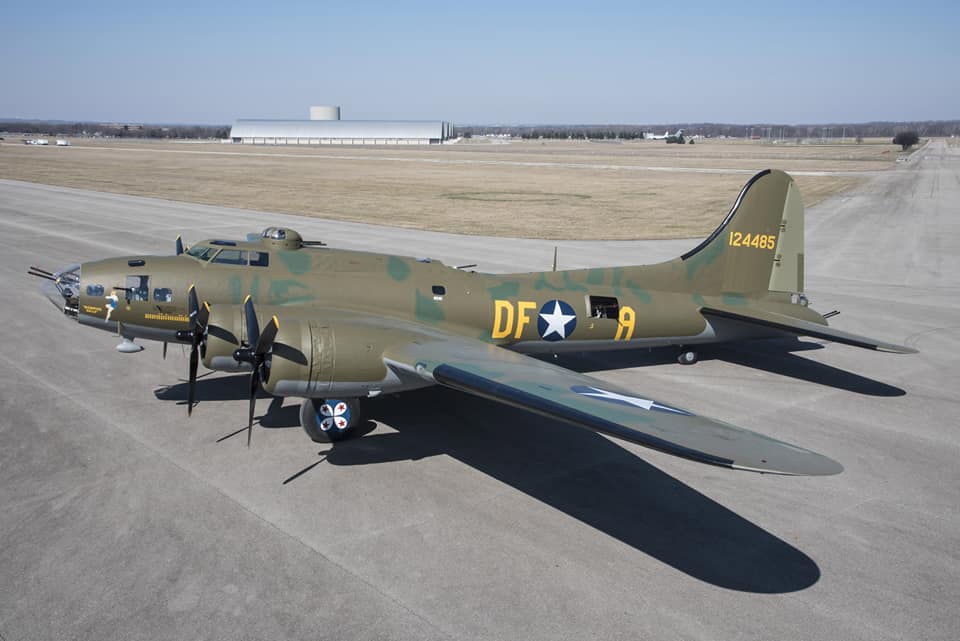
© 2018, Bryan R. Swopes
